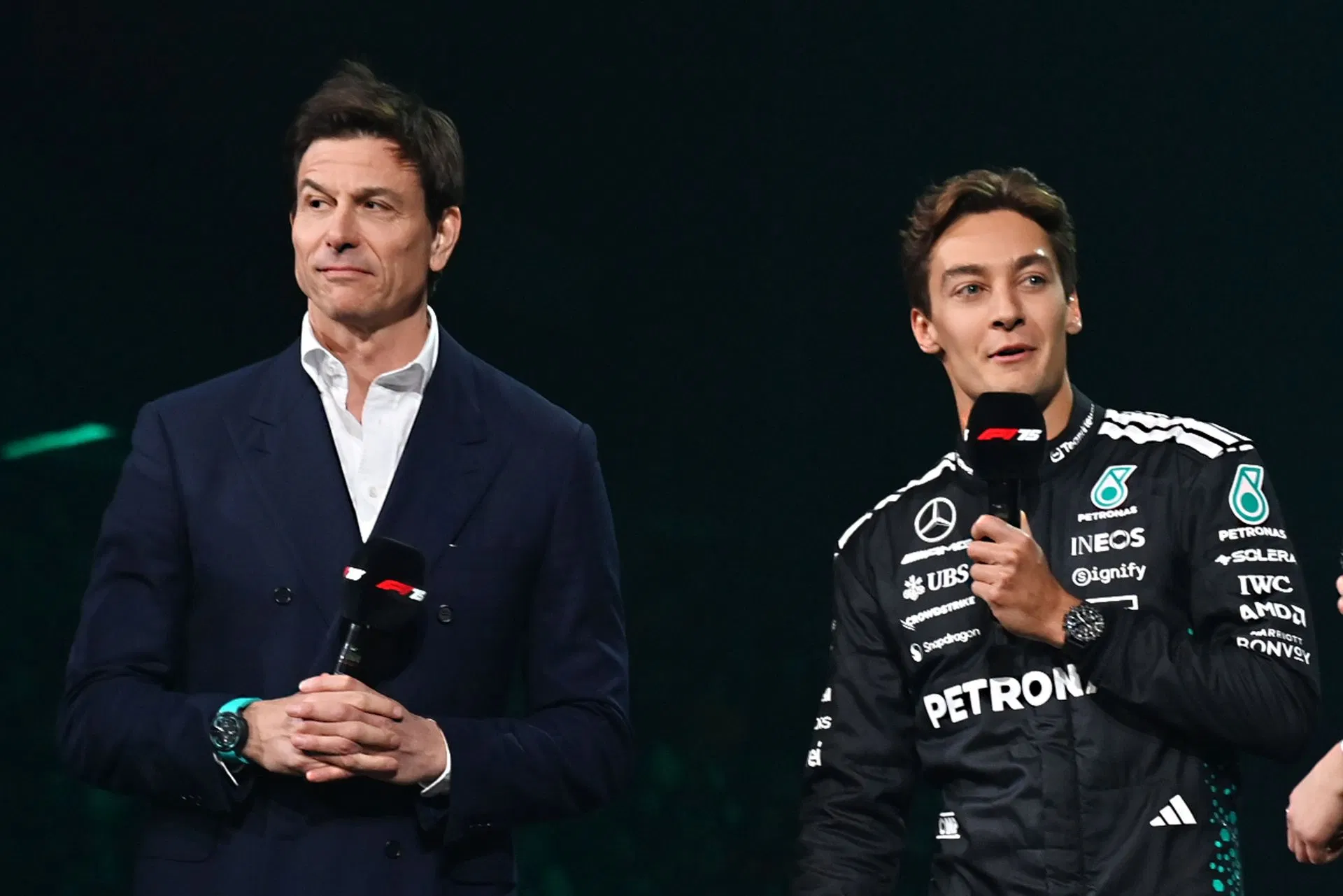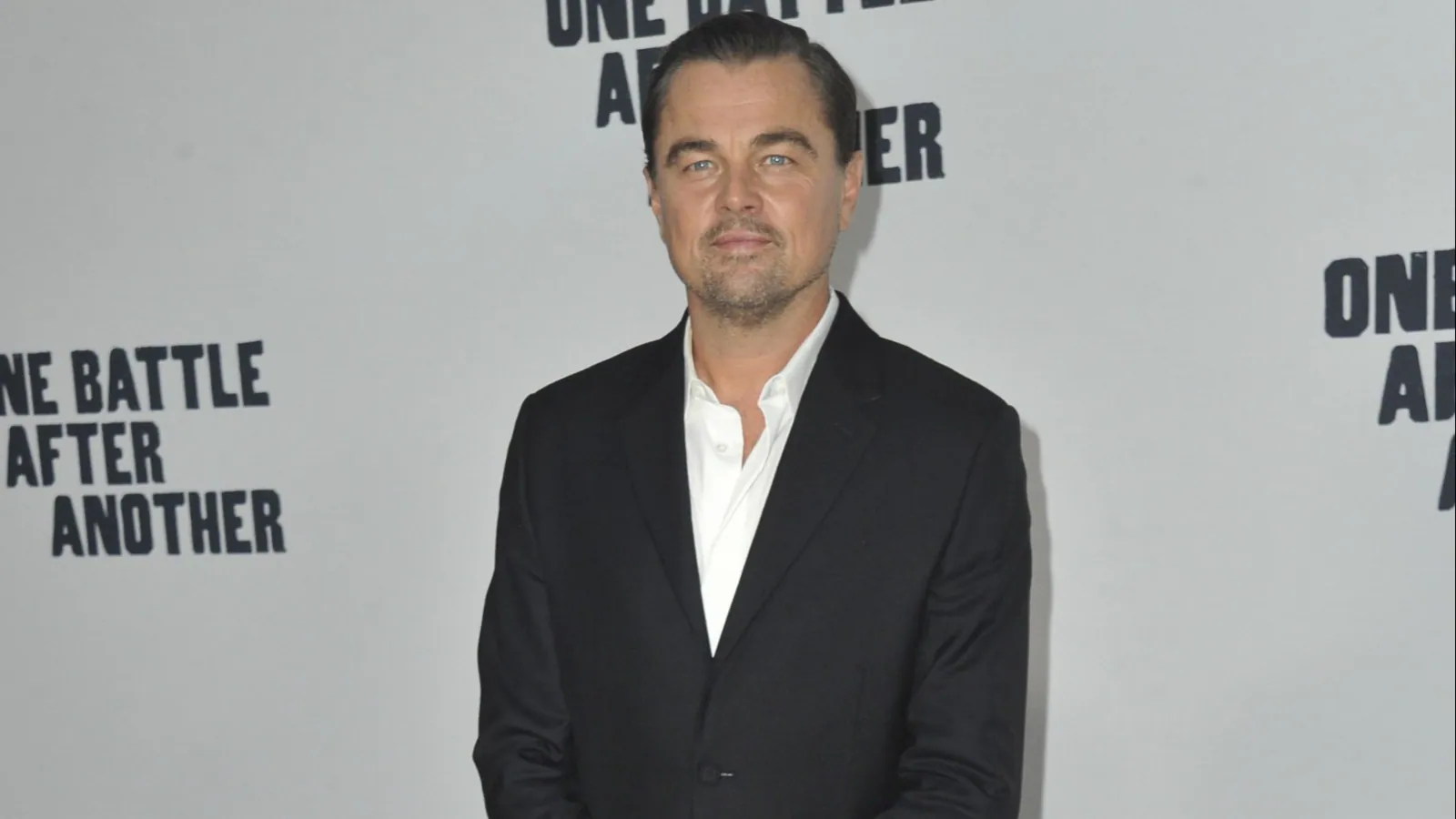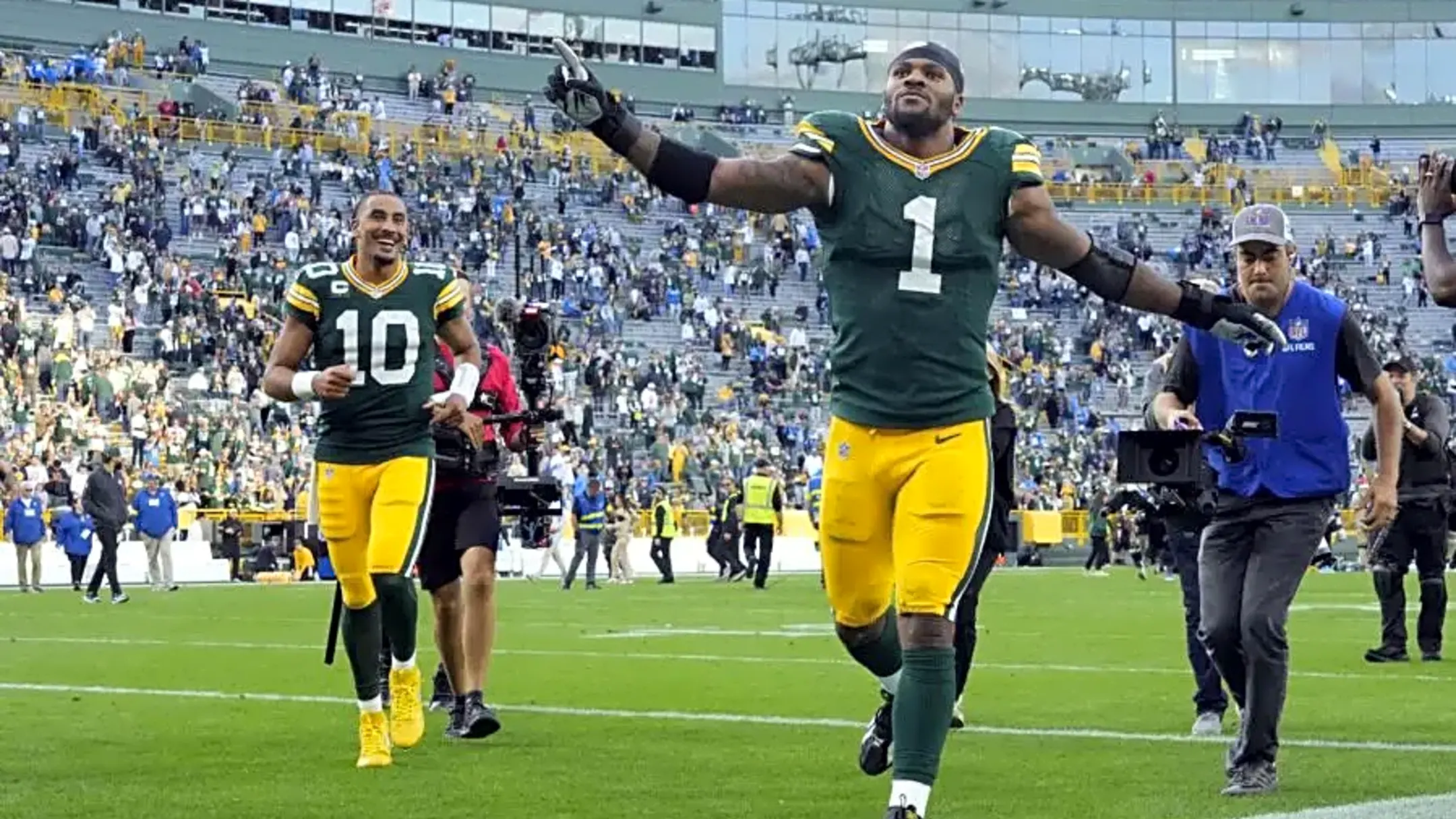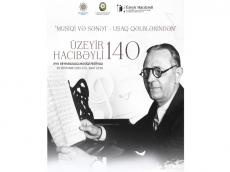By The Daily Blog
Copyright thedailyblog

Last week, European leaders continued their efforts to generate support for Ukraine. Europe’s ‘coalition of the willing’ met in Paris on 5 September. A meeting brushed off by Putin but that may signal significant change, President Trump demonstrating a stronger position regarding Russia this week and threatening sanctions.
Russia continues its bombing campaign against Ukraine and is mustering its strength for an offensive in the east near Pokrovsk. Putin is also actively managing Russian information operations at home and abroad to achieve two objectives:
Split the US-European partnership.
Demonstrate that Russia is still a major power and will inevitably win the war.
Meanwhile, on the frontline ‘General Winter’ is advancing. In the next month, or so, autumnal rains will turn much of Ukraine into muddy bogs slowing down movement and freezing operations. Then the cold will come and soldiers on both sides will be battling not just their opponents but also the weather.
Europe winning the diplomatic battle
Europe’s leaders seem to be successfully ‘managing’ Trump, with a mixture of flattery and by leading strongly they are manoeuvring him to achieve three strategic objectives:
Ensuring that dialogue with Trump continues, so Europe retain access to US equipment and the NATO alliance is not compromised.
Support Ukraine with sufficient equipment, training and intelligence that it can defeat Russia, forcing Putin to negotiate.
Establish condition to secure Ukraine after a ceasefire.
On 5 September a group of European leaders met in Paris to discuss the war. This meeting was a key diplomatic engagement. At one level it was an opportunity to engage in precise planning about supporting Ukraine but it was also a powerful piece of theatre, an information operation to influence Trump.
The meeting produced some tangible results; 26 nations agreeing they were willing to commit military force to secure peace in Ukraine after a ceasefire, and there were commitments to new economic sanctions. A detailed plan will be presented to the US president later this week.
However, the key elements of political theatre were the tough talk before the meeting and that the Europeans are demonstrating leadership. European leaders carefully positioning themselves at the ‘centre’ of discussions to end the war, but also leaving the door open for Trump to engage. France’s President Macron confirming that after the meeting the outcomes were discussed with Trump.
Europe’s strategy could be described as ‘diplomacy by FOMO (fear of missing out).’ Trump follows mainstream media closely, and has a keen desire to be seen as a strong peace-making leader. Therefore, when the media spotlight slips away from him and starts to highlight progress that is being made by Europe’s leaders, he gets nervous and wants to be involved. Trump’s FOMO and impulsiveness force him to react, and while history tells us there is a risk he could become petulant, angry or anti-Europe, leaders like Finnish President Stubb, NATO Secretary General Mark Rutte, President Macron and UK Prime Minister, Sir Kier Starmer are mitigating this risk by building clos relationships with him. So instead of reacting with petulance and anger to the European initiative, Trump seems to be drifting towards the European position.
On 8 September, CNN analysis summed up Trump’s historic position regarding Putin and Russia as follows, “US President Donald Trump’s belief he could somehow, through force of personality, convince his Russian counterpart, Vladimir Putin, that he wanted a peace deal was, at best, overly generous to himself and the Kremlin head. It was fed by the strategic hot take that Moscow is an ally-in-waiting for the United States against China, rather than – increasingly – an energy-producing vassal to Beijing.” An analysis that rings true, but Trump’s position seems to be changing as he is gently managed by European diplomacy.
Comments to Finnish media by Stubb provide an insight into the power of personal relationships and about the way Europe’s diplomatic offensive is working. Speaking to Finnish media immediately after the meeting, Stubb made sure to build Trump up by reporting pre-conference discussions with the US president stating that “Trump’s approach was very much that we must act together on sanctions policy and now look for ways in particular to halt Russia’s war machine by economic means.” Stubb’s careful words, gently opening the door for Trump to stay connected with his European allies.
After discussing last week’s meeting with key European leaders, Trump started this week with increasingly strong rhetoric threatening Russia with powerful economic sanctions. Statements that were reinforced by the US Treasury Secretary Scott Bessant, giving the threat more credibility.
Russia plays into Europe’s hands
Some commentators claim that Putin is a strategic genius, and there is no doubt that he is clever and tough but his response to Europe’s strategy seems misjudged. This may be because Putin is arrogant and therefore dismissive of Europe; or that he is managing an information operation designed to project the image of Russia as an equal of the US.
Whatever the motivation, Putin’s recent activity is notable and tends to indicate the latter. Last week, Putin travelled to China where he attended the nation’s parade celebrating the 80th anniversary of the end of World War Two, and the Shanghai Cooperation Organisation’s annual meeting. Both widely reported events providing Putin with an opportunity to demonstrate he is backed by China, and that by proxy Russia is a significant world power.
However, Putin’s discussions at the Shanghai Cooperation Organisation indicate Russia has bigger concerns. For instance, Reuters reported that “Russia has been pushing for settlement mechanisms which avoid the U.S. dollar and the euro, after Western sanctions on payment systems and Chinese banks disrupted Russian trade following the 2022 invasion of Ukraine.” Activity that indicates that Russia’s exclusion from European and US banking and financial systems is hurting the nation’s economy.
Putin’s visit to China was probably intended to scare Trump, to demonstrate that Russia has allies and can continue the war regardless of US intervention. Trying to convince Trump that it is better to walk away, rather than commit to a long, painful struggle in Europe. A strategy that does not appear to be working, Trump taking to Truth Social on 3 September with an aggressive post stating Russia, China and North Korea are conspiring against the US.
Further, the Kremlin’s ‘business-as-usual’ responses to US and European statements appears poorly judged. For example, last weekend Russia launched the largest air attack to-date on Kyiv. An action that generated an immediate negative response from Trump, including more threats of sanctions. The BBC reported Kremlin spokesman Dimitry Peskov’s response to Trump’s threat of sanctions as follows” The Kremlin’s spokesman Dmitry Peskov said Monday that no sanctions would ever be able to force Russia to “change the consistent position that our president has repeatedly spoken about.” A good example of Russia’s ‘business-as-usual’ hardball statements that seem to be pushing Trump closer to Europe.
Meanwhile on the battlefield, ‘winter is coming’
In previous posts we have described the land campaign as an operational-level turning movement. Russia’s main effort being in Donetsk, and both sides conducting operations to draw opposition forces away from this area. First Ukraine near Kursk, and then Russia near Sumy.
Now with winter approaching, Ukraine appears to have defeated Russia’s Summy offensive. Russia has responded to this situation by re-organising its forces and moving troops from that region, and from the south into Donetsk preparing for a final push before autumn rain or winter snow freezes the frontline. The Telegraph Reported on 4 September, that in Paris, President Zelensky told the assembled European leaders that “Kremlin has gathered 100,000 soldiers on the eastern side of the front in preparation for an assault on Pokrovsk.”
On 6 September, The Institute for the Study of War reported that “Ukrainian Dnipro Group of Forces Spokesperson Lieutenant Colonel Oleksiy Belskyi reported that the Russian military command is concentrating significant forces in Donetsk Oblast and that the most intense fighting is occurring in the Pokrovsk direction.” The Kyiv Independent reported on 8 September that “Toward the end of August, hardened Russian units, including the 155th and 40th Naval Infantry Brigades, were reported to have been redeployed to the Pokrovsk front”.
Clearly, Russia is moving forces from other areas like Sumy and Kherson to Donetsk. Concentrating roughly 30-40% of their total combat power on this axis and preparing for a large offensive. The objective appears to be Pokrovsk but we should expect Russia to switch its line of advance depending on how the battle develops. For example, if Pokrovsk proves to hard to capture, expect a switch towards north towards Kostyantynivka or south to try and encircle the town.
The next couple of weeks will be a period of intense fighting. Russia trying to capture a tactically significant Ukrainian stronghold like Pokrovsk or Kostyantynivka that they can use as a firm base from which to attack the ‘Fortress Belt’ before the weather makes combat more difficult. Putin will want to hold one of these pieces of key terrain to reinforce the argument that Russia taking Donetsk is inevitable during negotiations with Trump.
Currently, the key question in the land campaign is whether Ukraine can defeat this attack. A question that will remain extant for sometime yet, during autumn last year Russia’s tempo increased and Ukraine’s defences were tested. However, autumn and winter 2024 were drier and warmer than normal, so this year’s campaign may develop differently.
Putin appears to have under-estimated the ability of Europe’s leaders to manage Trump, and Europe’s diplomatic offensive continues to gently nudge the US president towards supporting Ukraine. A slowly developing threat that Putin does not seem to have appreciated. Instead, the Russian leader continues to try and demonstrate to Trump that the war is unwinnable and that US participation is a morale sapping waste of resource.
Last week, Putin and the Kremlin stuck to this information operation. But time appears to be running out. Europe’s soft-talking, clever statesmen are gently manoeuvring Trump with flattery and the fear of missing out into supporting Ukraine.
However, in the next couple of weeks while the diplomatic battle unfolds the action is going to be in Donetsk. Where either side could win a significant victory. Ukraine by defeating Russia’s new offensive, Russia by capturing a tactically significant town. It is impossible to predict the outcome of the approaching battle, but be ready for plenty of action.



